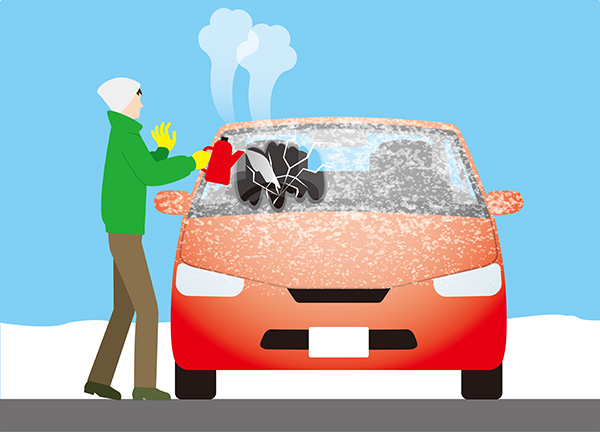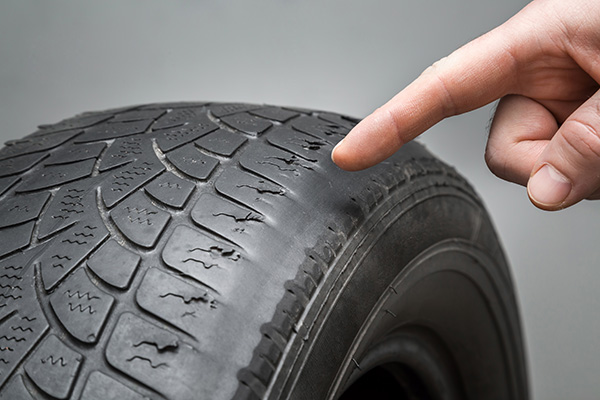Posted on 2/28/2025

Power steering makes driving much easier by allowing you to turn the wheel with minimal effort. But like any other system in your car, power steering components wear out over time—especially the power steering pump. When the pump starts failing, you will notice warning signs that indicate trouble ahead. Catching the problem early can prevent complete steering failure and costly repairs. What Does the Power Steering Pump Do The power steering pump plays a crucial role in assisting with steering by using hydraulic pressure to make turning the wheel easier. It circulates power steering fluid through the system, ensuring that your steering responds smoothly when you turn. If the pump begins to fail, you may experience increased steering effort, noises, or even a complete loss of power assist. Signs Your Power Steering Pump Is Failing1. Whining or Groaning Noises When Turning One of the first signs of a failing power steering pum ... read more
Posted on 1/31/2025

Driving has come a long way from being a fully manual task. Thanks to cutting-edge advancements in automotive technology, cars are now equipped with features that not only assist drivers but also enhance overall safety. Among these technologies, Advanced Driver Assistance Systems (ADAS) have become a game changer. But what exactly is ADAS, and how does it make our roads safer? Let’s look into this innovative system and its role in modern driving. ADAS: The Basics ADAS stands for Advanced Driver Assistance Systems, a collection of electronic technologies designed to assist drivers in various aspects of driving. From warning about potential hazards to actively taking control in emergency situations, these systems are built to reduce human error—the leading cause of road accidents. What sets ADAS apart is its ability to integrate sensors, cameras, radars, and software to monitor a vehicle’s surroundings and interpret data in real time. This combinatio ... read more
Posted on 12/20/2024

Winter mornings in McFarland, WI, can mean waking up to a frosted windshield. You’re in a rush, the scraper’s nowhere to be found, and the idea of pouring hot water over the glass might seem like a quick fix. But before you reach for that kettle, let’s talk about whether this is a safe solution—or if it could do more harm than good. Why Using Hot Water Is a Bad Idea It might seem harmless to pour hot water on a frozen windshield, but this method can actually cause serious damage. The sudden temperature change can create thermal shock, leading to cracks or shattering. Glass expands and contracts with temperature shifts, and the extreme contrast between hot water and icy glass increases the risk of breakage. Even if the windshield survives without cracking, hot water can freeze quickly in subzero conditions, leaving you with an even bigger mess. This layer of instant ice could make visibility worse and create slippery conditions around your veh ... read more
Posted on 11/29/2024

Your vehicle’s suspension system doesn’t usually get the attention it deserves—until something goes wrong. This complex network of components works tirelessly to ensure a comfortable ride, maintain proper alignment, and keep your car stable on the road. But like any other part of your vehicle, suspension parts wear out over time and require maintenance. So, which parts need your attention to keep things running as they should? The Role of Your Suspension System Before we get into the specifics, let’s discuss what the suspension system does for your car. In short, it absorbs shocks and vibrations from the road while maintaining tire contact with the surface. This ensures stability, control, and comfort, regardless of driving conditions. The suspension system isn’t a single part; it’s a team effort. It includes shocks, struts, springs, control arms, bushings, and more. When even one part starts to wear out, the entire system can be ... read more
Posted on 10/31/2024

Ever looked at your tires and wondered why they don’t all wear out the same way? Uneven tire wear is one of those issues that many drivers notice but may not fully understand. It’s a sign that something isn’t quite right with your vehicle, and ignoring it can lead to bigger problems down the road—not to mention a shorter tire lifespan. So, what exactly causes tires to wear unevenly? Misalignment One of the most common reasons for uneven tire wear is improper alignment. When your car’s wheels aren’t aligned correctly, certain areas of the tire tread take on more pressure than others, leading to uneven wear patterns. You might notice that the edges of your tires are wearing out faster than the center or vice versa. Alignment issues often result from hitting potholes, curbs, or just regular wear and tear over time. If your vehicle pulls to one side or you feel your steering wheel vibration at certain speeds, those are clear signs of ... read more